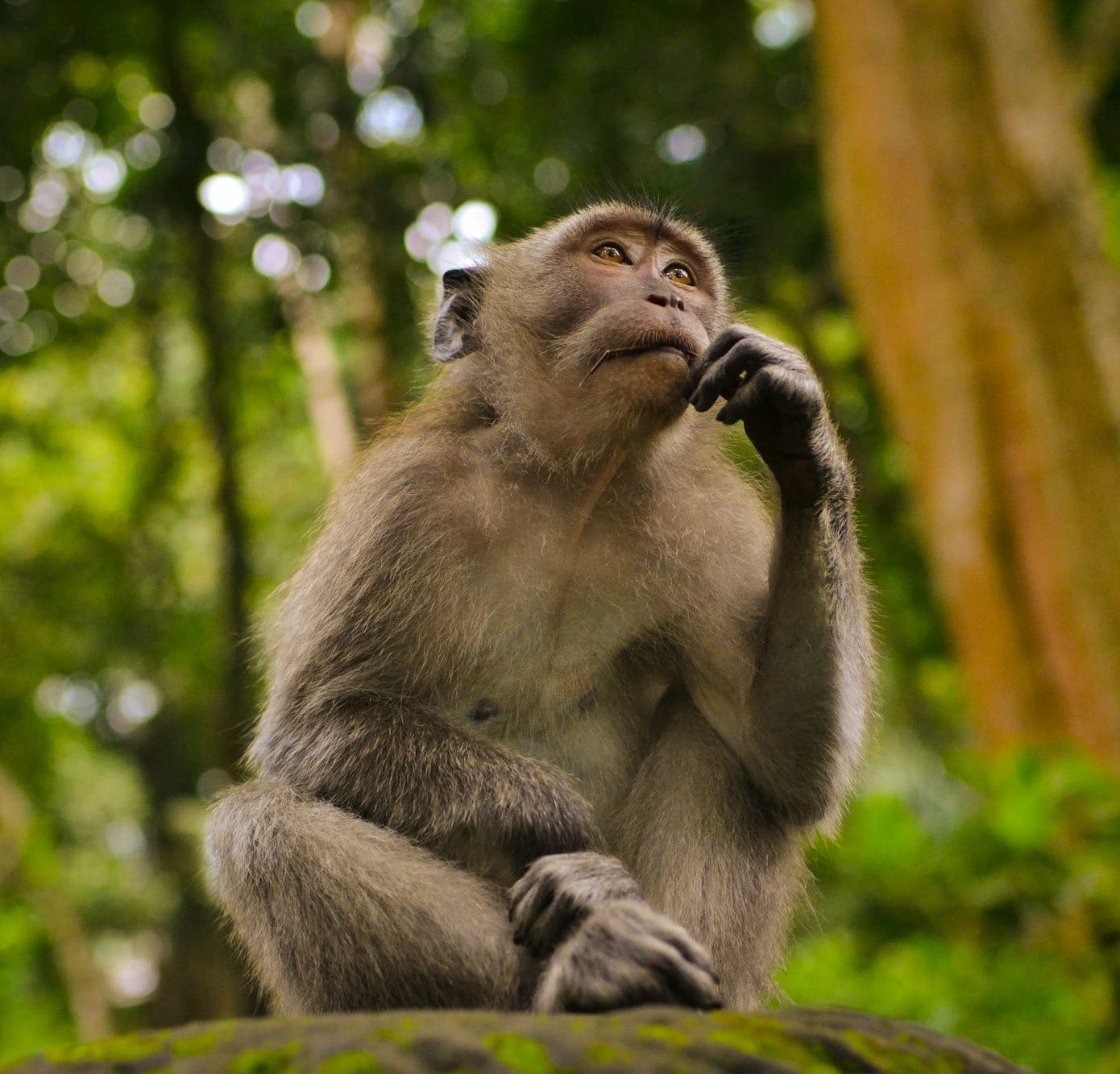An Exercise For Loosening The Cold Dead Grip Of Thought
The purpose of this exercise is to provide you with an essential perspective to do awakening work. Once that perspective is integrated, you won't have to think about it.

The purpose of this exercise is to provide you with an essential perspective to do awakening work. Once that perspective is integrated, you won't have to think about it.
